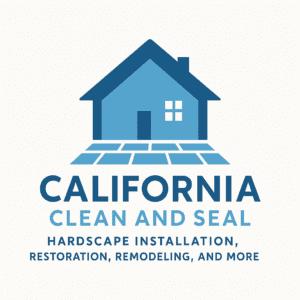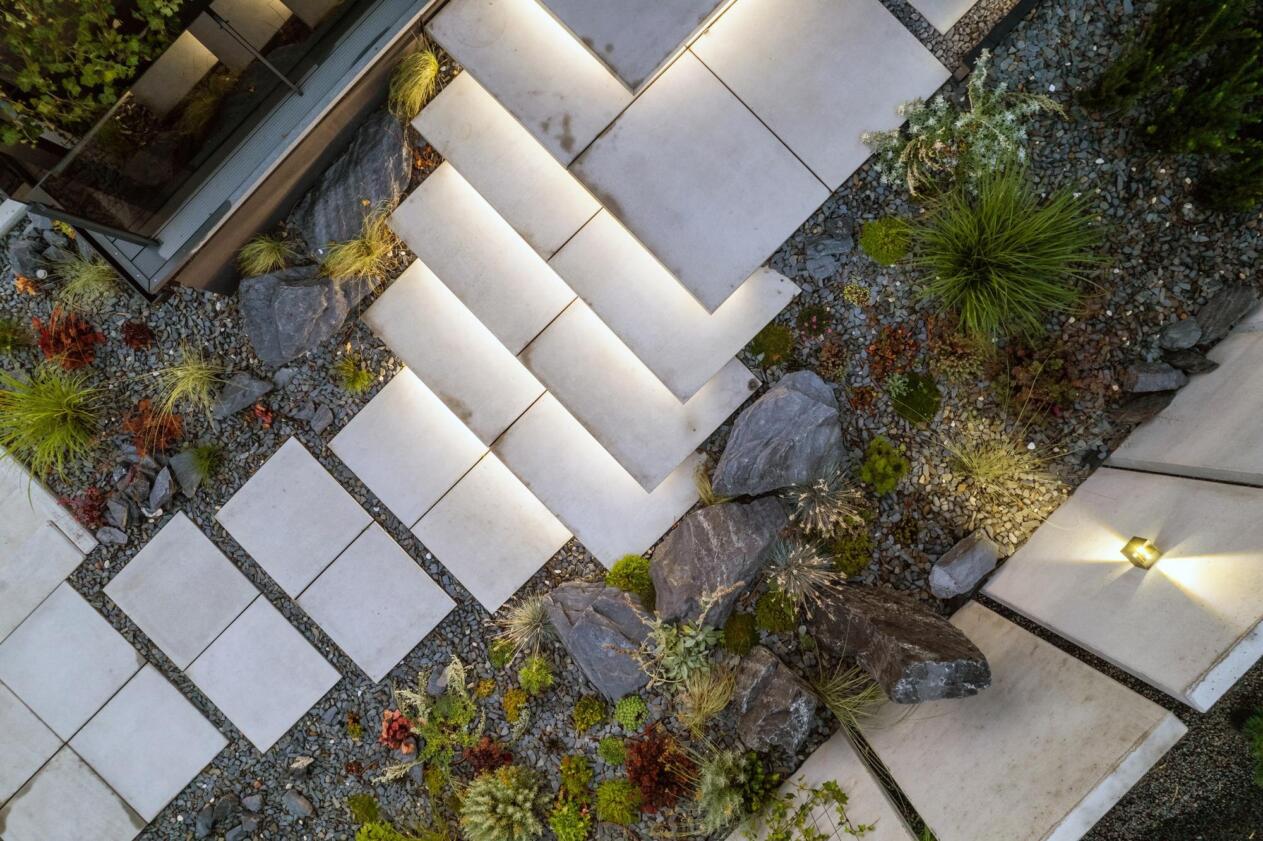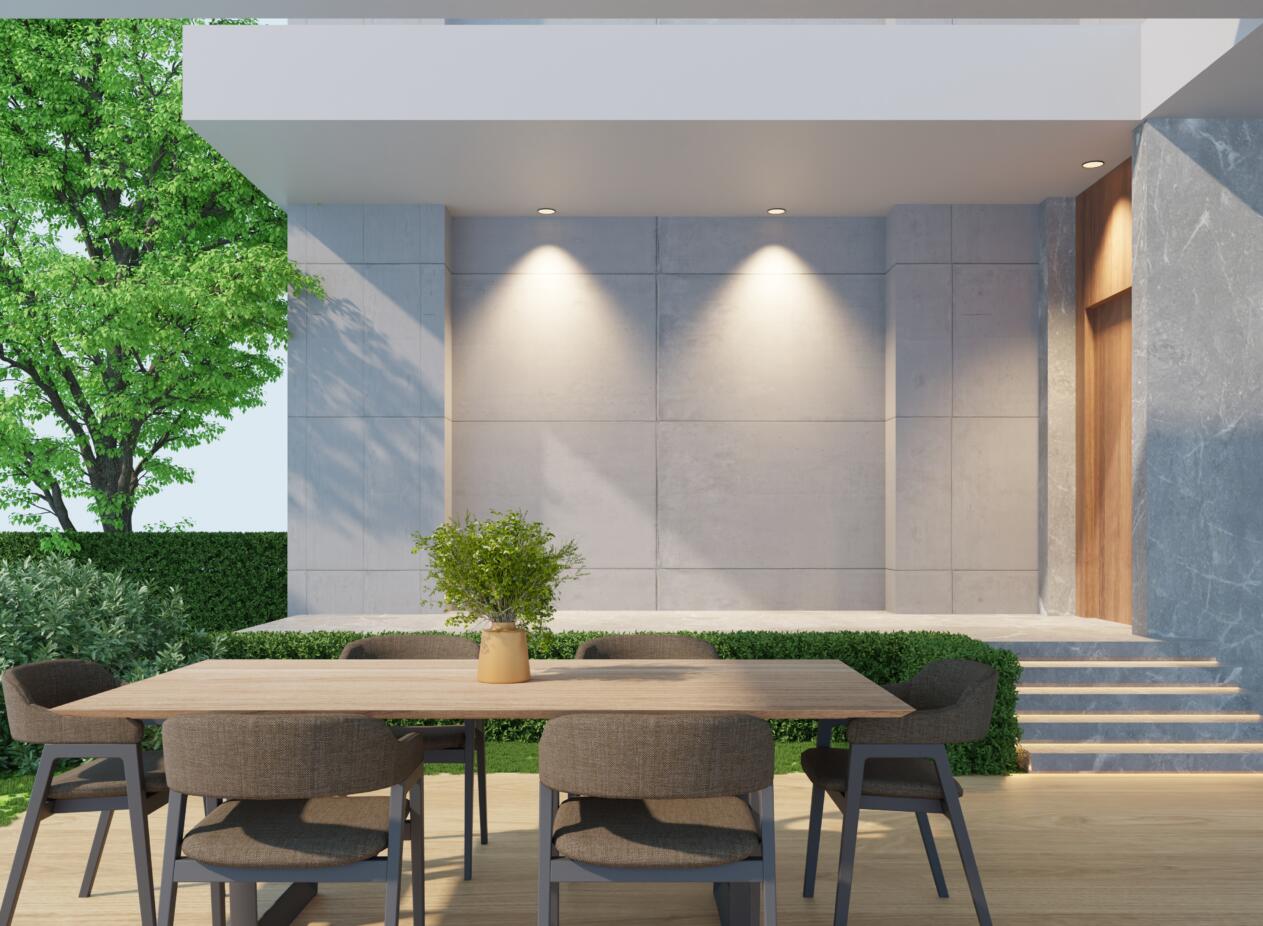Your driveway is more than just a place to park your car — it’s the welcome mat to your home. It’s one of the first features guests notice when they arrive, and it plays a huge role in your property’s curb appeal. If you live in San Diego and are thinking about giving your driveway a makeover, you’re likely deciding between pavers and stamped concrete.
Both options have their unique style, benefits, and challenges. The right choice for you will depend on your design preferences, budget, and the amount of time you’re willing to dedicate to upkeep. In this guide, we’ll explore the pros and cons of each, compare costs, and offer maintenance tips to help you make a confident decision. Whether you’re after a fresh, stylish transformation or a strong and lasting Concrete Upgrade, this breakdown will point you in the right direction.
Understanding Pavers
Pavers are individual pieces made from concrete, brick, or natural stone. They come in different
shapes, colors, and patterns, allowing for endless design possibilities.
Benefits of Pavers
- Design Flexibility – Create unique patterns like herringbone, basketweave, or circular designs that give your driveway a custom look.
- Durability – Pavers can handle heavy traffic and resist cracking better than large concrete slabs.
- Easy Repairs – If one section is damaged, you can simply replace the affected pieces instead of redoing the entire driveway.
- Slip-Resistant – Textured surfaces make them safer to walk on during rainy San Diego days.
Downsides of Pavers
- Weeds and Ants – The gaps between pavers can allow weeds to grow or insects to move in if not maintained.
- Frequent Cleaning – Dirt, moss, and stains can collect on the surface, requiring periodic cleaning.
- Higher Initial Cost – Pavers may cost more to install compared to stamped concrete, though their long-term repair costs are often lower.
Understanding Stamped Concrete
Stamped concrete is poured concrete that’s pressed with patterns and colored to mimic stone, brick, tile, or even wood.
Benefits of Stamped Concrete
- Attractive Look – Offers a high-end appearance for less than the cost of natural stone.
- Customizable – Available in a wide range of colors and patterns to match your home’s exterior.
- Lower Initial Cost – Typically more affordable to install compared to pavers.
- Smooth Surface – Makes sweeping or snow removal easier.
Downsides of Stamped Concrete
- Cracking Potential – Like any large concrete slab, it may crack over time due to soil movement or temperature changes.
- Harder to Repair – Matching patterns and colors during repairs can be difficult.
- Slippery When Wet – May require a textured finish or anti-slip coating for safety.
Cost Comparison
When it comes to cost, stamped concrete usually has the advantage in upfront pricing. Pavers tend to have a higher initial installation cost but can save you money over time since repairs are often simpler and less expensive. In San Diego, where the weather is generally mild, either option can be a smart investment if installed and maintained properly.
Maintenance Needs in San Diego’s Climate
San Diego’s coastal climate brings sun, salt air, and occasional rain — all of which can affect your driveway. Prolonged sun exposure may fade colors, while rain can encourage weed growth between pavers or cause hairline cracks in stamped concrete. For stamped concrete, applying a fresh seal every 2–3 years helps preserve its color and protects against moisture. For pavers, maintenance often includes adding new joint sand to prevent shifting and sealing to maintain color vibrancy. If you’re not sure which option suits your needs, companies like California Clean and Seal can guide you based on your property’s specific conditions.
Which One Lasts Longer?
Both materials can last decades if installed correctly. Pavers typically last a bit longer because individual pieces can be replaced without disturbing the rest of the driveway. Stamped concrete can also be long-lasting, but large cracks or surface damage may require more extensive repairs.
Safety and Comfort
In sunny San Diego, surface temperature can be an important factor. Pavers, especially lighter-colored ones, usually stay cooler underfoot compared to stamped concrete, which can get hot quickly on sunny days. This makes pavers more comfortable if you or your kids enjoy walking barefoot outside.
Maintenance Tips for Paver Owners
If you choose pavers for your driveway, proper care will keep them looking great for years. Here are some Paver Cleaning Tips every homeowner should know:
- Sweep Regularly – Prevents dirt, leaves, and debris from settling into the surface.
- Wash with Mild Soap – Use gentle cleaners to avoid damaging the material.
- Reapply Joint Sand – Helps prevent weed growth and keeps pavers in place.
- Seal Every Few Years – Protects against moisture, staining, and color fading.
Making the Decision
When deciding between pavers and stamped concrete, think about:
- Budget – Are you looking for lower initial costs or long-term value?
- Design Goals – Do you prefer a custom, patterned look or a smooth, uniform surface?
- Maintenance Commitment – How much time are you willing to spend on upkeep?
If you love design flexibility and easy repairs, pavers might be your best option. If you want a sleek, attractive surface with a lower installation cost, stamped concrete may be the way to go.
Conclusion
Choosing between pavers and stamped concrete for your driveway isn’t just about picking what looks nice — it’s about finding the right fit for your lifestyle, climate, and budget. Both can offer lasting beauty and function when installed and maintained properly. By understanding their differences, you can make a choice that boosts your home’s curb appeal and meets your needs for years to come. For expert advice and professional driveway services in San Diego, California, Clean and Seal is ready to help turn your vision into reality.





